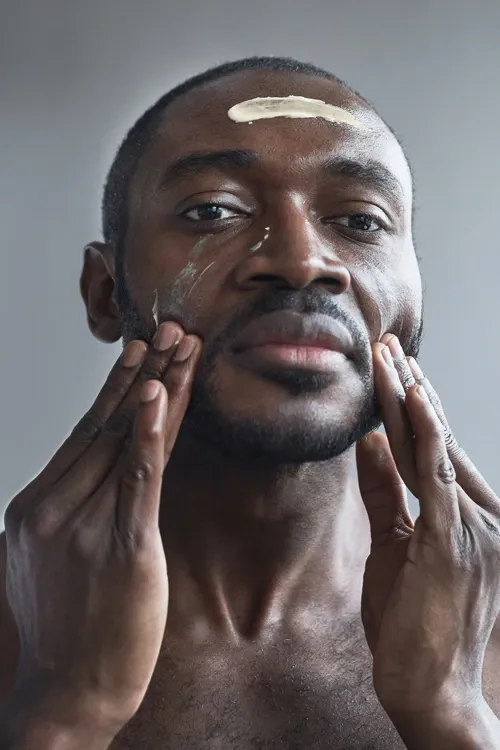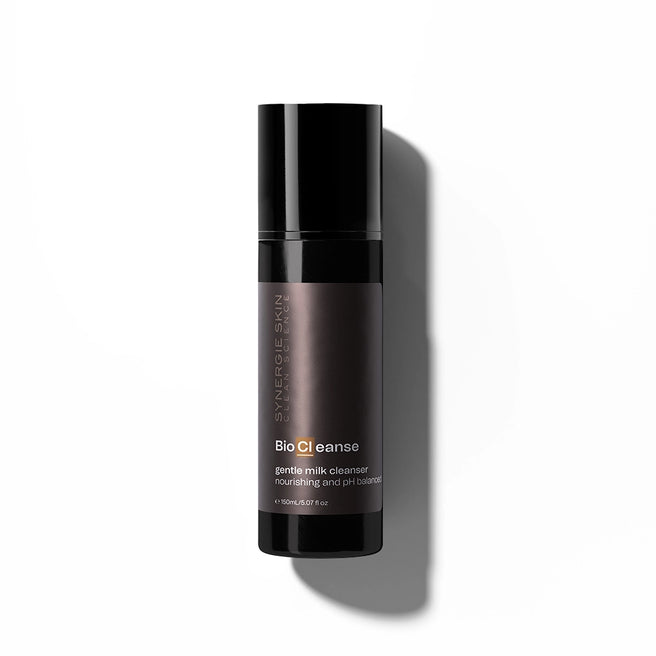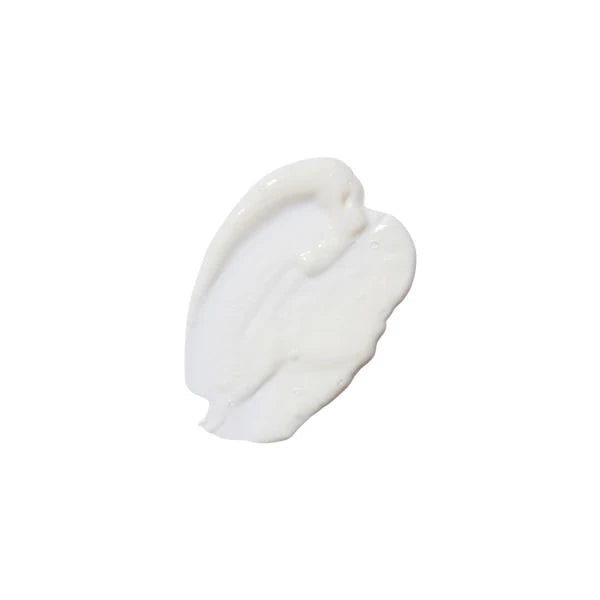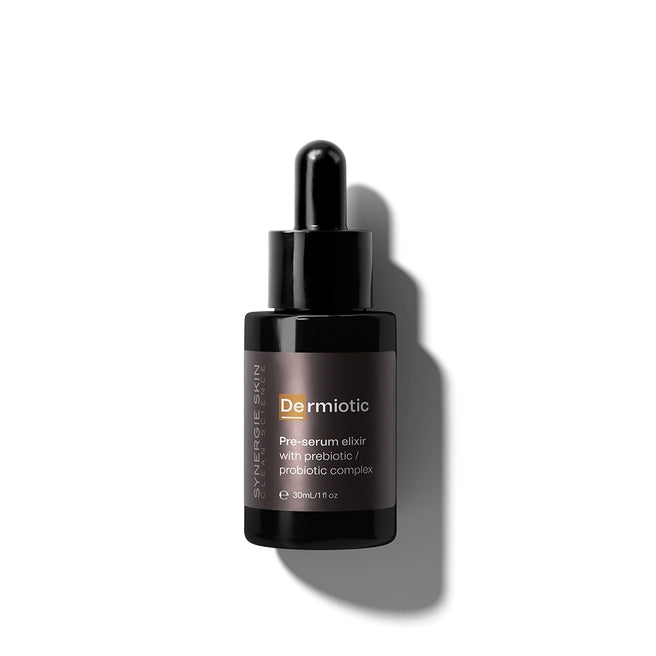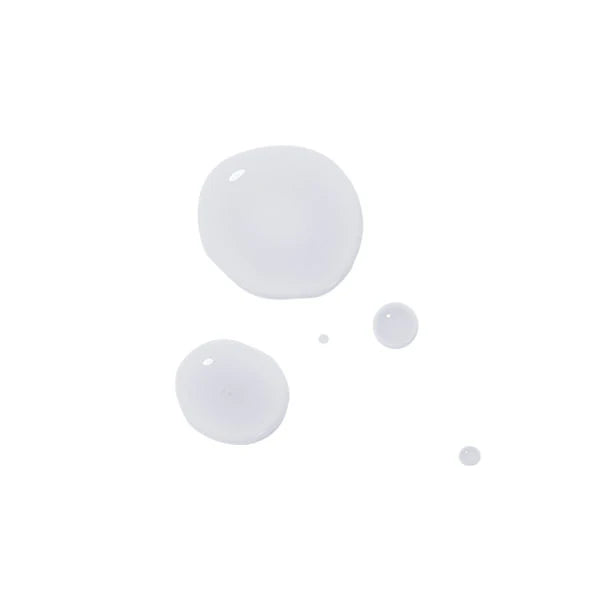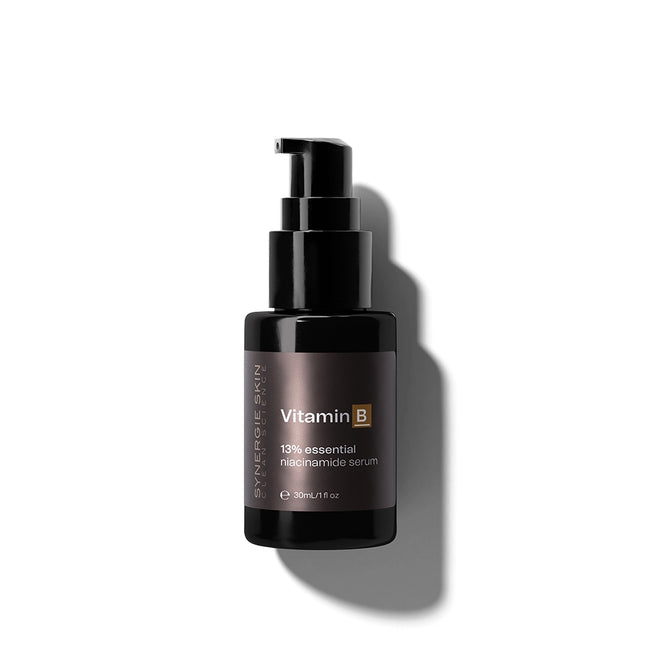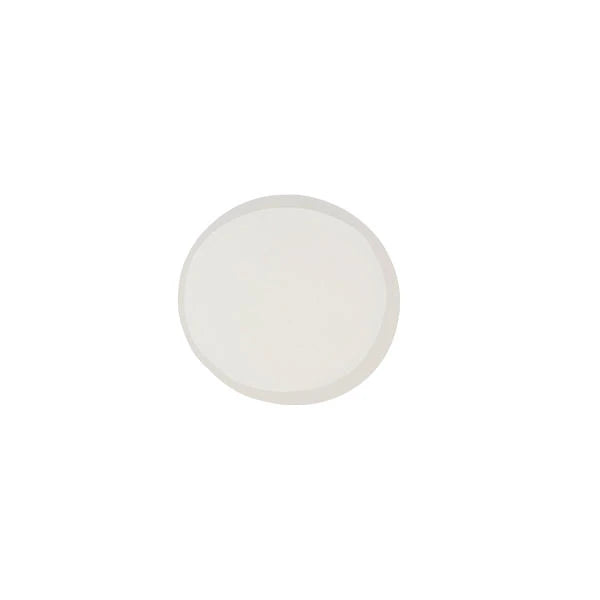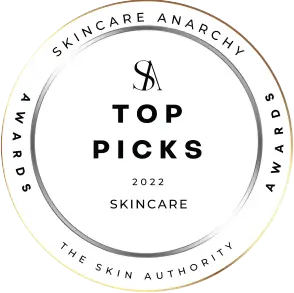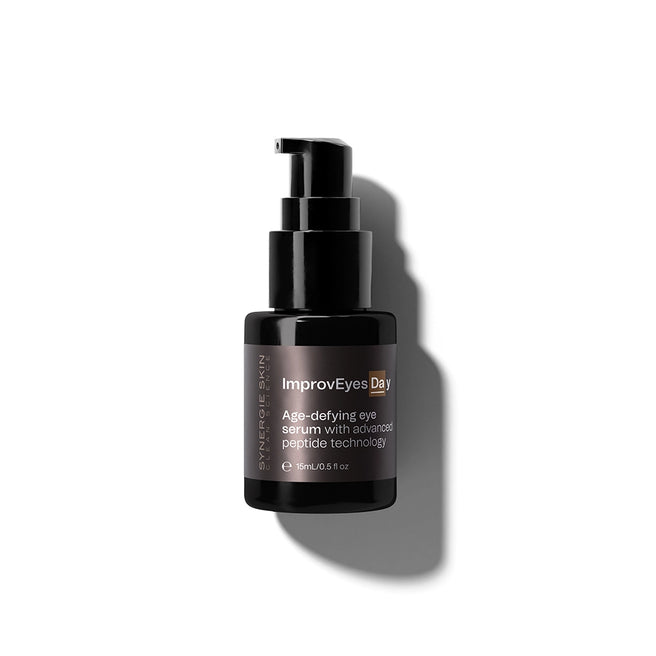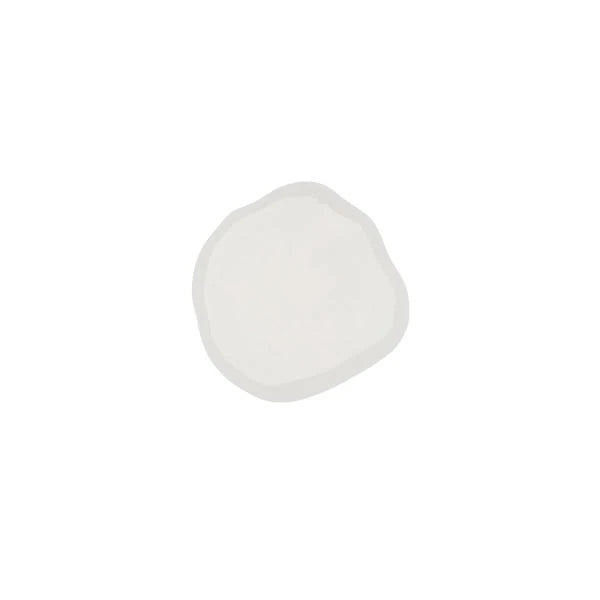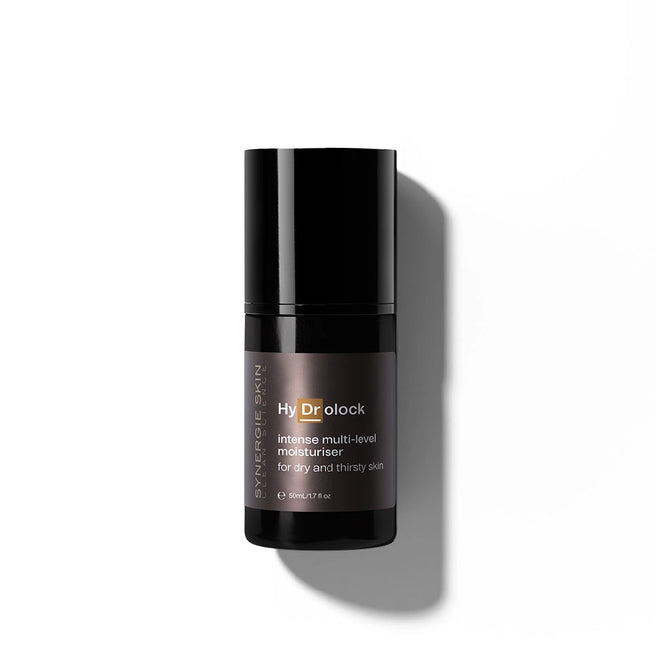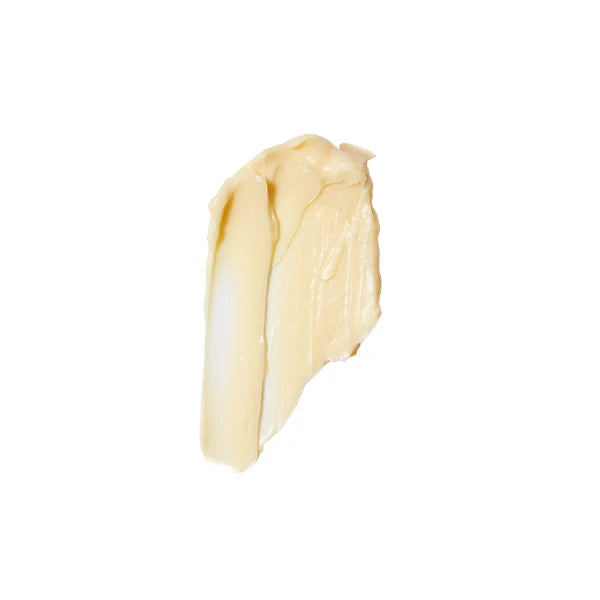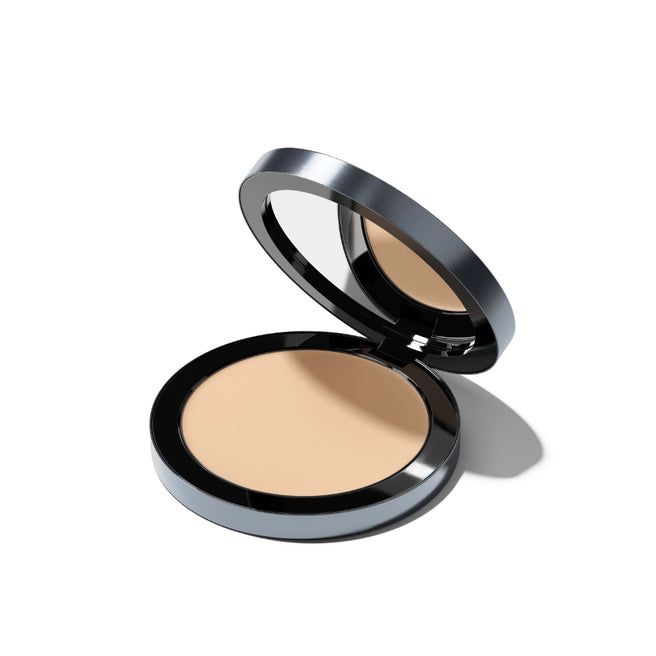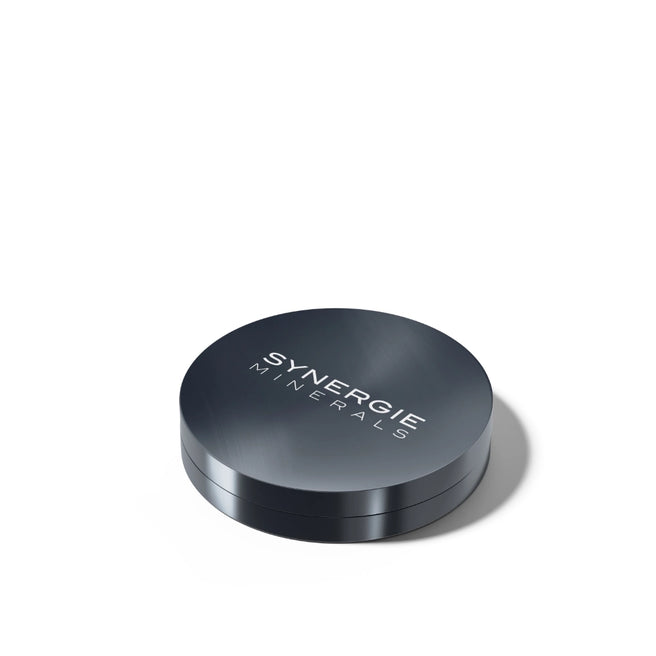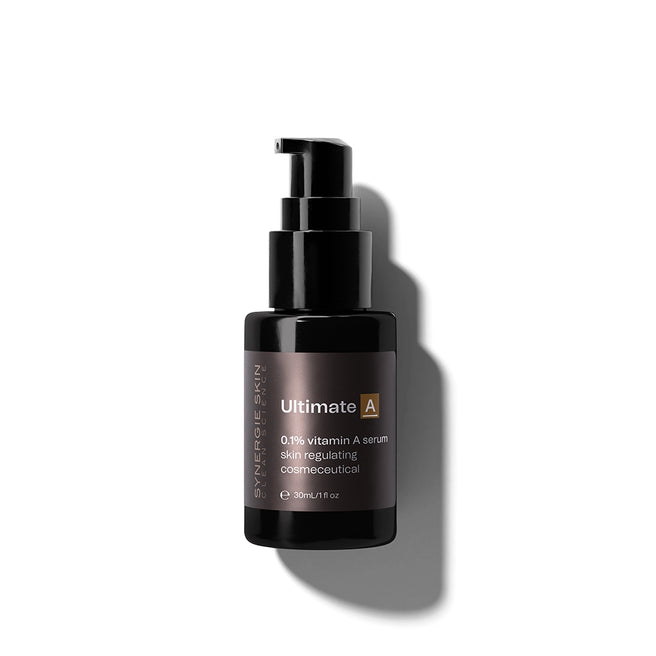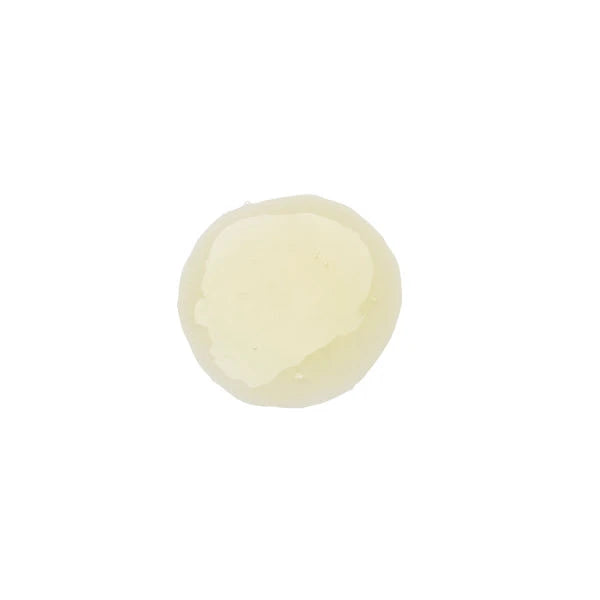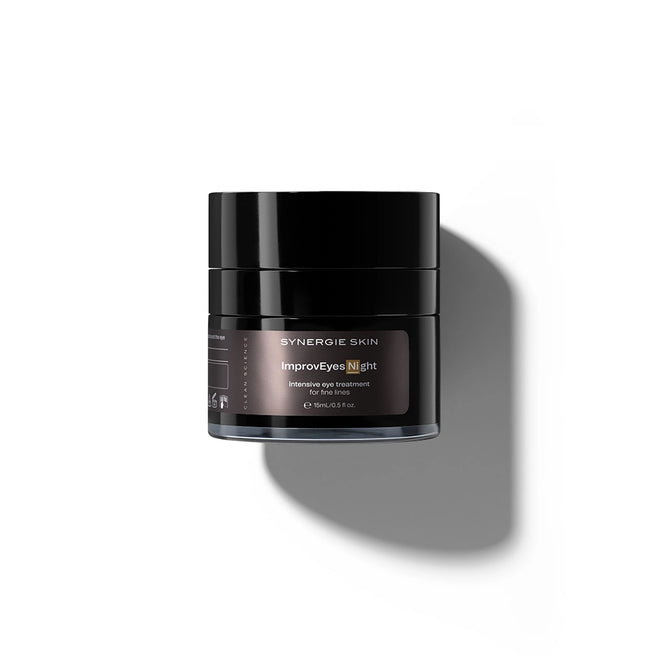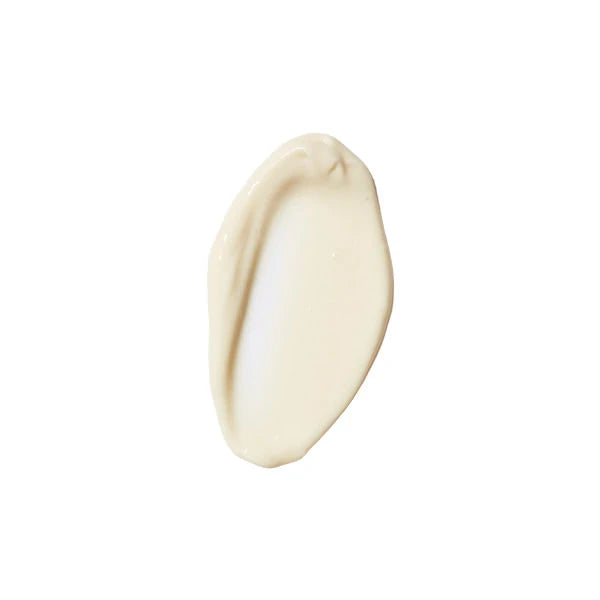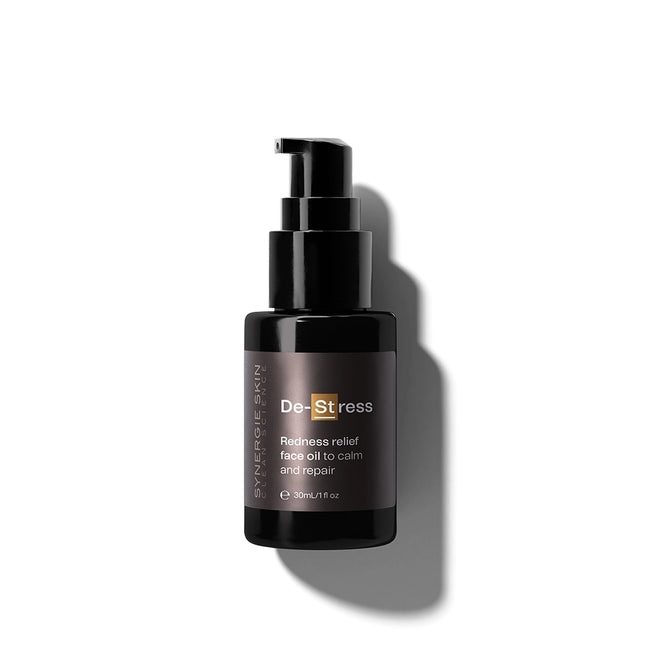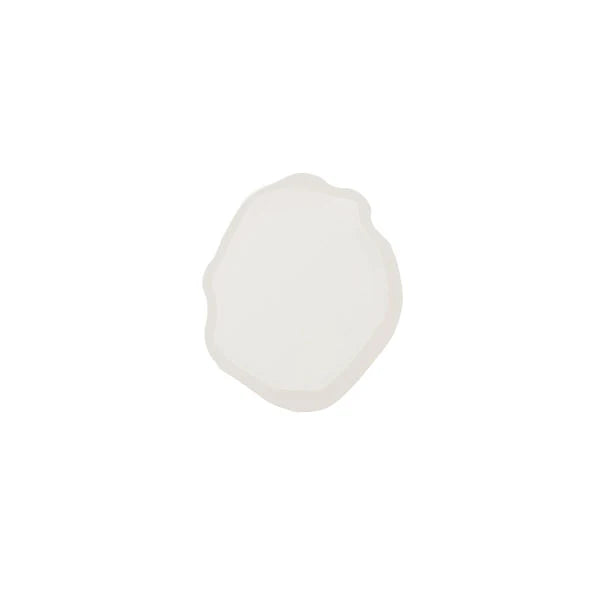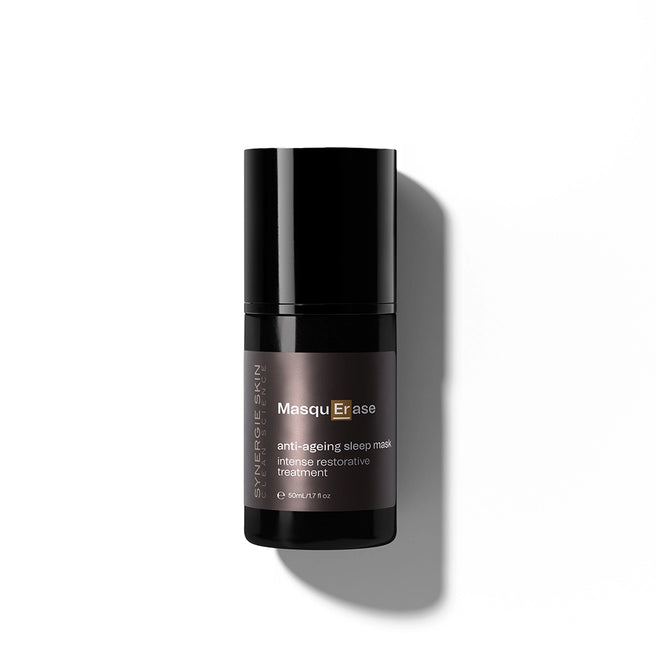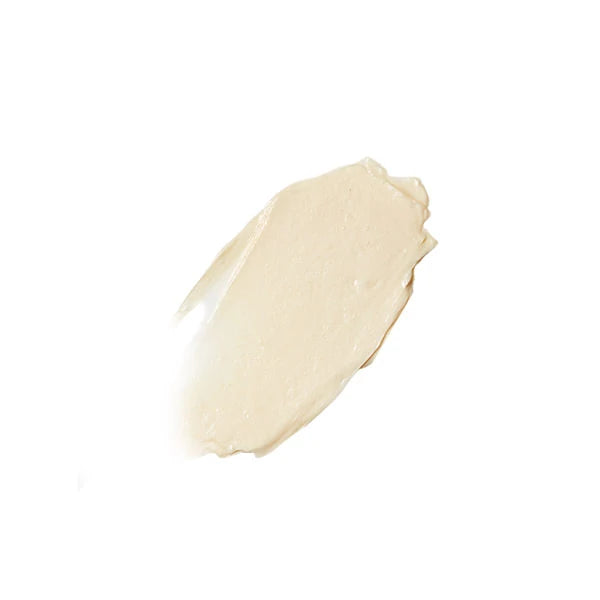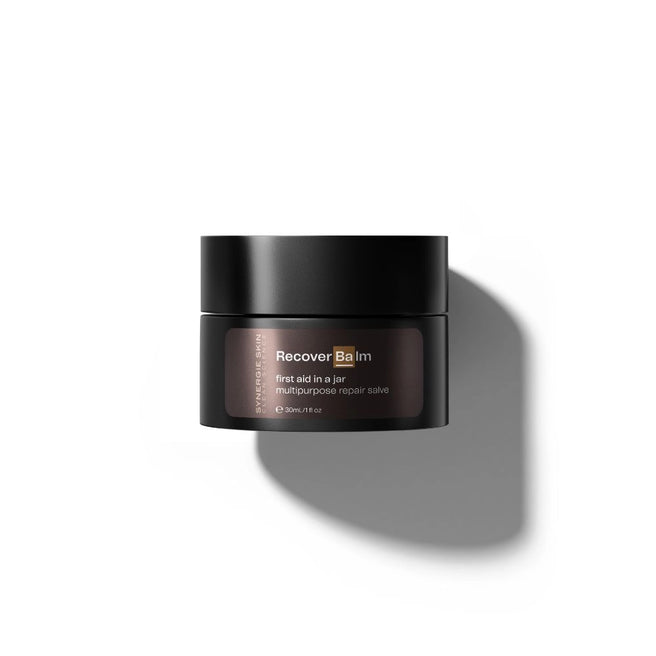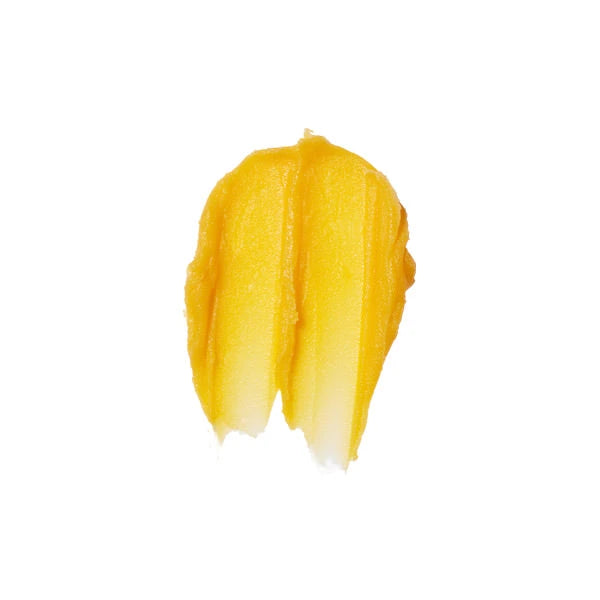We are well and truly into winter, which is the worst time for dry skin. Humidity is low and we are all rugged up in our overheated offices and homes.

The types
There are two types of dryness. Our skin can be lacking oil or water, or both and it’s important to know what you’re dealing with to achieve the balance. If you believe you have oil-dry skin (referred to as lipid-dry), it is recommended to consult a dermatologist for long term treatment.
Water dry (dehydrated) skin
Dehydrated skin is usually a result of environment and lack of fluids. It is more easily addressed with good skincare and increased fluid intake. Which means, yes, you can have acne and still have dehydrated skin!
Lipid-dry skin
When skin starts to appear dull, rough and worn out it can often have a matte appearance that lacks sheen and is no longer supple. This is referred to as lipid-dry skin and tends to be a chronic condition. Those with this skin type often experience premature ageing and sensitivity. Lipid-dry skin needs long term protection as their barrier constantly needs to be supplemented with oils that are similar to the skin’s own sebum and ingredients to lubricate the skin and lock in moisture.
The science
Water is the most important molecule for the human body, and our skin is no exception. The outermost protective layer of our skin is called the stratum corneum (SC) and minimising the loss of water from this layer is vital. Keeping up the water levels in our SC depends on both our skin’s own natural moisturising factors, and the oil molecules between the dead cells in the SC. Some of these plentiful oils in the spaces between our dead skin cells are called ceramides. These magic molecules act like a natural raincoat, preventing water loss and keeping our barrier strong. Low or altered ceramides have been linked to eczema, psoriasis, dermatitis and other diseases when the barrier is compromised.
In addition, these oil molecules form a mini army to stop water escaping (referred to as trans epidermal water loss - TEWL). That dry flaky skin we see when we’ve spent too long on a plane is a result of too much TEWL. It effectively switches off the messengers that tell our skin to turn over the fresh hydrated cells and slough off the old dead ones, instead leaving our skin looking and feeling rough and flaky. If the water levels aren’t just right, then this magic barrier can’t work properly and this affects our skins natural ability to shed dead cells and have new cells replace the old ones.
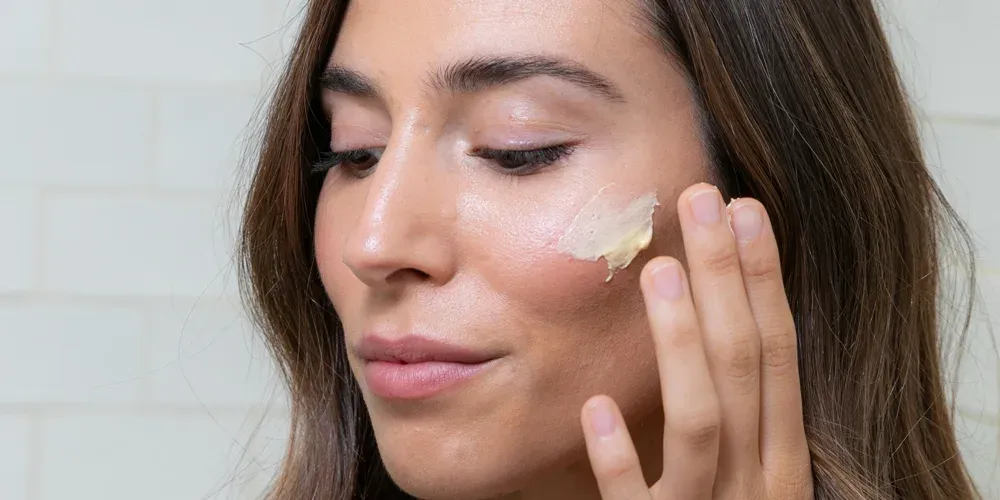
A phase or long term?
It’s important to note that there is a difference between having dry skin as a long-term condition and occasionally suffering from dryness because of a change in environment, skincare products or diet. People with chronic dry skin usually suffer low natural oil and ceramide levels. Chronic dryness is usually accompanied by sensitivity as their barrier is so weak. As a result, they are more susceptible to dermatitis and will react more to certain ingredient ‘nasties’ and climate changes than those with oily or normal skin.
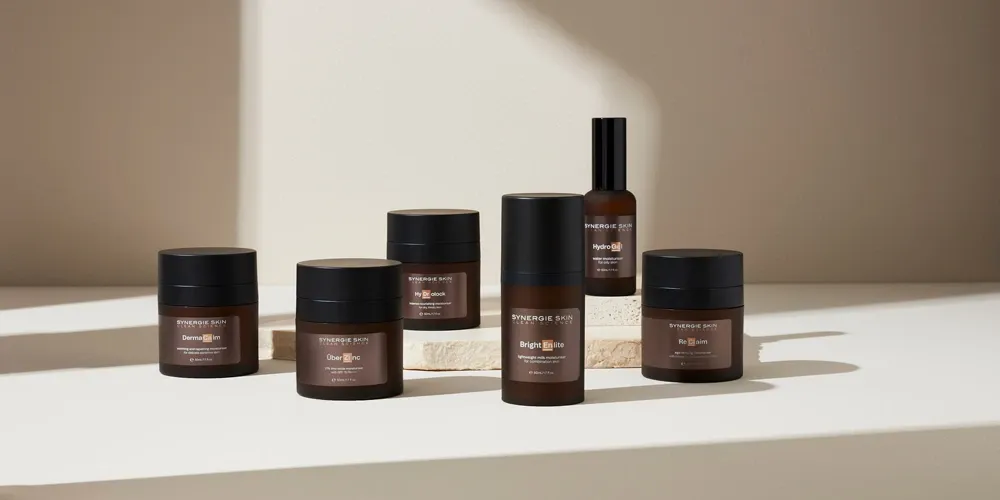
The skin solution
Niacinamide/Vitamin B3:
This is the ideal cosmeceutical as It rebuilds the protective outer barrier and increases the natural ceramide levels of the skin.
Humectants:
These are clever little molecules that act like microscopic sponges to hold many times their own weight in water in the epidermis. These little ‘water lovers’ are important if the skin is water dry/dehydrated. Hyaluronic acid, for example can hold up to 1000x its weight in water and holds it in the skin. Other examples of humectants for skin hydration include glycerine, sorbitol, betaine, lactic acid (which also helps with ceramide production) and NaPCA. It is important to combine humectants with oils to further lock in the moisture that the humectants trap.
Oils/Emollients:
Oils act as emollients to soothe and soften dry, rough skin and help lock in moisture. Emollients make the skin feel moisturised without a thick feel of occlusives. Some oils can also act as anti-inflammatories, whilst essential fatty acids found in ingredients such as olive squalene can influence barrier function, cell communication and free radical damage. Other topical skin emollients that are compatible with our natural oils and provide additional skin benefits include jojoba (technically a wax), sea buckthorn oil, marula oil, meadowfoam oil, grapeseed oil, black current seed oil, shea butter, castor oil and argan oil. Look for the addition of these non-comedogenic oils to high-quality moisturisers and try to avoid the addition of petrolatum and dimethicone which provide little skin benefit.
Occlusives:
These are recommended for excessively dry, flaky skin, and are often used after clinical treatments. Occlusives form a protective layer on the skin surface to physically block water loss from within. Occlusives are best applied to dampened skin to lock in the water. An ideal occlusive is hydrogenated (thickened) castor bean oil and non-comedogenic waxes which is a gentle alternative to petrolatum jelly. Be aware, some petrolatum based occlusives can cause blocked pores and hair follicles and can be messy to apply.
The Routine
AM
- BioCleanse – our gentle cleanser
- Dermiotic - pre-serum elixir for barrier protection
- Vitamin B – your essential niacinamide serum
- ImprovEyes Day – a hydrating eye serum
- Hydrolock - intense hydrating moisturiser
- MineralWhip - 4-in-1 foundation: primer, concealer, UV protector, and antioxidant cream foundation
PM
- BioCleanse – our gentle cleanser
- Dermiotic - pre-serum elixir for barrier protection
- Vitamin B – your essential niacinamide serum
- Ultimate A – increases collagen production
- ImprovEyes Night – a rich, overnight eye treatment
- DeStress - facial moisturising oil
Weekly
- MasquErase – our luxurious anti-ageing face mask
NOTE: For flaking skin or following clinical treatments where skin is shedding, apply Vitamin B serum followed by Recover Balm as needed until the barrier is restored.





